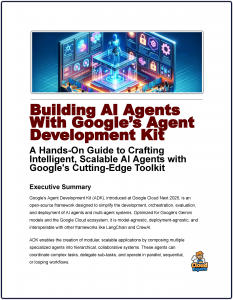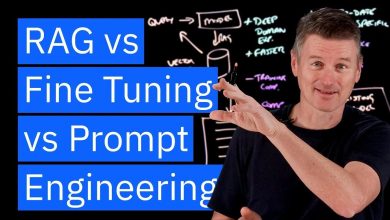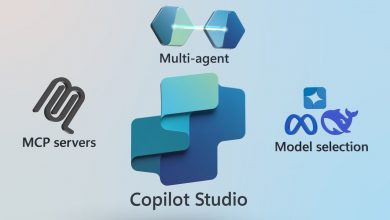Exploring Multi-Agent Systems with Google’s Agent Development Kit
Whether you're automating workflows, conducting research, or building interactive applications, multi-agent systems unlock new possibilities for scalability and intelligence.
 Multi-agent systems (MAS) represent a powerful paradigm in artificial intelligence, where multiple autonomous agents collaborate to solve complex tasks that a single agent might struggle to handle efficiently.
Multi-agent systems (MAS) represent a powerful paradigm in artificial intelligence, where multiple autonomous agents collaborate to solve complex tasks that a single agent might struggle to handle efficiently.
By leveraging Google’s Agent Development Kit (ADK) developers can design, orchestrate, and deploy multi-agent systems with ease.
This article dives into the intricacies of multi-agent systems, explains how to build them using the ADK, and provides practical examples to guide you through the process.
Whether you’re automating workflows, conducting research, or building interactive applications, multi-agent systems unlock new possibilities for scalability and intelligence.
What Are Multi-Agent Systems?
A multi-agent system consists of multiple AI agents, each with specialized roles, that interact to achieve a common goal. These agents can reason, execute tasks, and communicate, often mimicking human-like collaboration.
Key characteristics include:
- Specialization: Each agent focuses on a specific task (e.g., data retrieval, analysis, or user interaction).
- Collaboration: Agents share information and coordinate actions, either sequentially or in parallel.
- Autonomy: Agents operate independently within their scope, making decisions based on their instructions and tools.
- Scalability: MAS can handle complex, multi-step problems by distributing workloads across agents.
For example, a customer support MAS might include a triage agent to categorize inquiries, a knowledge base agent to fetch answers, and a response agent to craft replies—all working in tandem.
Why Use Multi-Agent Systems?
Single-agent systems excel at straightforward tasks, but they can become overwhelmed by multifaceted problems requiring diverse skills. Multi-agent systems address this by:
- Improving Efficiency: Parallel task execution reduces processing time.
- Enhancing Accuracy: Specialized agents produce more precise outputs for their domains.
- Enabling Complexity: MAS can tackle workflows involving multiple steps, data sources, or decision points.
- Facilitating Scalability: Adding new agents extends functionality without overhauling the system.
Google’s ADK is particularly well-suited for MAS, offering modular agent creation, seamless integration with Gemini models and Vertex AI, and tools for orchestration, making it a standout choice compared to frameworks like LangChain or CrewAI.
Conclusion
Multi-agent systems unlock the potential for AI to tackle complex, real-world problems through collaboration and specialization.
Google’s Agent Development Kit simplifies the process, enabling developers to build sophisticated systems with minimal code. By following this guide, you’ve learned how to create a vacation planning MAS, from agent design to orchestration and deployment.
Experiment with new tools, explore hierarchical workflows, or deploy your system to Vertex AI to see its full potential. Dive deeper by checking the ADK documentation at google.github.io or exploring Google’s Agent Garden for pre-built components. The era of multi-agent systems is here—start collaborating with AI today!



